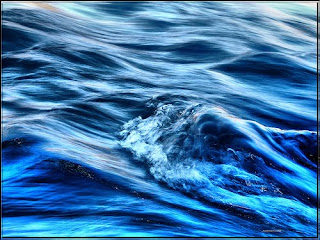CAUSES OR FACTORS OF NON COMMUNICABLE DISEASES
There are various causes or factors which may develop non communicable diseases. These recognized factors can be classified under two groups.They are:
A)Modifiable risk factors
The causes and conditions which are in control of individual and may help to prevent the onset of diseases are called modifiable risk factors.Modifiable risk factors can be controlled and changed .These factors are:
i.Inactive life:The individual who ignores regular physical activities and lives an inactive life is mostly found to be suffering from various non communicable diseases.Inactive life leads to obesity causes high blood pressure which may result in heart attack,diabetes, etc.The diseases like cancer,diabetes, etc are believed to be the result of inactive life. Therefore, the participation in regular physical exercises is necessary for individuals.Besides this, the other modifiable factors are
ii.intake of tobacco and tobacco products.
iii.use of alcohol
iv.lack of regular exercise
v.high blood pressure
vi.increase of glucose and cholesterol level in blood
vii.mental tension and anxiety
ix.fatigue and over work load
x.lack of proper rest and sleep
xi.lack of balance diet
xii.life style, etc
B) Non modify risk factors
These causes of diseases which are not in control of individual are called non modifiable risk factors.These factors are as follows:
 2
comments
2
comments

